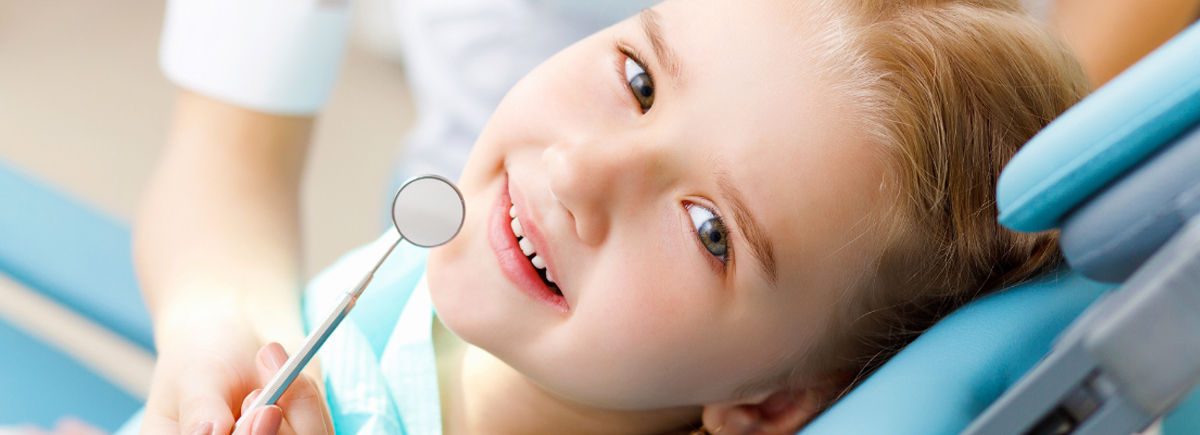As your dental home we include all aspects of pediatric dental care from the interaction of the patient, parents, dental and non-dental professionals. The dental care we deliver is: comprehensive, continuously-accessible, family-centered, coordinated, compassionate, and culturally-effective.

 Menu
≡
╳
Menu
≡
╳
- Home
- About Us
- Dental Specialties
- Diabetics
- Facilities
-
Cases
- Digital Smile Design DSD
- Dental Implant – Immediate Loading
- Prostetic and Esthetic Oral Rehabilitation
- Smile Design – Veneers
- All on 4 – Locator
- Computed guiaded surgery and immediate loading
- Smile Design – I
- DSD Digital Smile Design
- Immediate dental implants post-extraction
- Dental Implant – Immediate Loading
- Fixed implant prostheses
- Implant prostheses (multiple trauma)
- Implant prostheses
- Fixed implant prostheses – All on 4
- Fixed ceramic bridge
- Price List
- Contact Us
- Dental tourism



